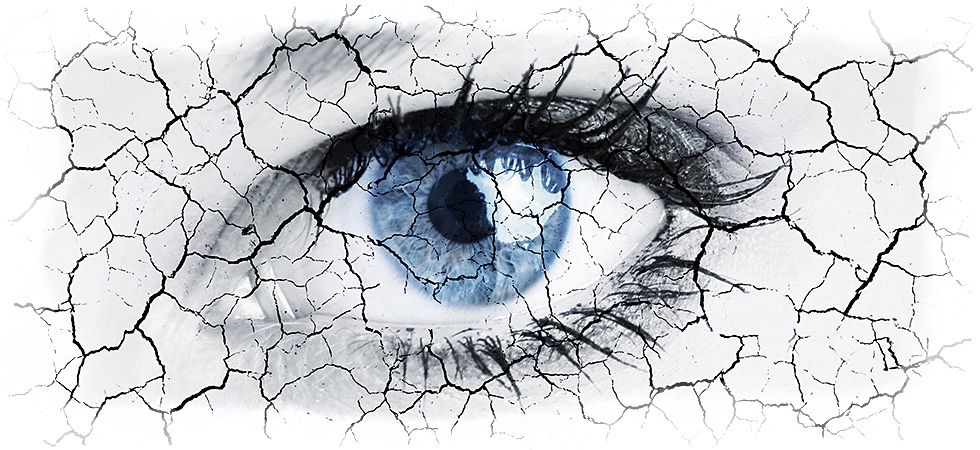Article
Blog: Artificial tear therapy for dry eye disease not quite as simple as it seems
Author(s):
Cynthia Matossian, MD, FACS, ABES, explains why eye care professionals should oversee the selection and use of artificial tears for patients with dry eye.

July is Dry Eye Awareness Month, and as a result I have reflected on the most meaningful ways that we, as eyecare providers, can help our patients who suffer from this condition.
Most would agree that therapeutic regimens for this chronic issue should be layered, starting with over-the-counter (OTC) solutions and expanding, when necessary, to include prescription treatments. First choices often include heated moisture masks, humidifiers, and eyelid cleansing wipes, while prescription therapies range from immunosuppressants, steroids, and specialized contact lenses to in-office procedures such as intense pulsed light, microblepharoexfoliation, and thermal evacuation.
Cynthia Matossian, MD, FACS, ABES

But across all stages of dry-eye disease, OTC artificial tears are the backbone of treatment due to their effectiveness and accessibility. With that in mind, my advice to my colleagues is to communicate clearly with your patients about which drops to use and how to administer them safely.
Because of the vast array of eye relief products at the corner pharmacy, it is easy for patients to accidentally purchase items meant to relieve itching, allergy, or redness, inadvertently aggravating their pre-existing dryness and irritation. As eyecare providers, it is our responsibility to educate our patients about the proper drops to purchase by recommending several appropriate choices. For patients who need to use drops more than 4 times a day, I recommend preservative-free artificial tears, as preservatives like BAK can exacerbate irritation of the ocular surface. For patients who use contact lenses, it is key that we recommend lubricating products specifically labeled for contact lens wear.
Preservative-free brands that I recommend are Systane, Biotrue, Refresh, Blink, and a new option, iVIZIA. iVIZIA is a therapeutic advancement by Théa that is clinically proven to offer extended dry-eye relief to patients, including those who wear contact lenses, using a unique trio of ingredients. The active ingredient povidone is a viscosity-enhancing agent beneficial to the ocular surface that provides moisturizing and lubricating properties; trehalose is a disaccharide demonstrated to provide ocular bioprotection, osmoprotection, and rehydration; and hyaluronic acid is a naturally occurring glycosaminoglycan polysaccharide and a component of the tear film that has the ability to lubricate and protect the corneal epithelium with prolonged residence time and favorable rheologic properties by binding 1000 times more water than its weight.
My patients appreciate Thea’s bottle design for iVIZIA, which uses the company’s proprietary ABAK technology to allow preservative-free, multidose, and calibrated delivery for enhanced dry-eye relief. It is the first easy-to-use bottle available OTC, based on 10 years of research and development by Théa.
As we oversee artificial tear use, eye care professionals need to remember that our job is not done until we have thoroughly followed up. Ask your patients to show you the products they have been using to treat their symptoms and you’ll likely be shocked by the eye drops they pull out of their purses or pockets. In addition to finding that many of the drops are anti-allergy or designed to treat ocular hyperemia instead of dry eye, I often see bottles with missing caps whose droppers have become encrusted with debris and makeup. It is crucial that we remind our patients to keep droppers clean so that they can administer their eye lubricants safely.
Because dry-eye disease is both underdiagnosed and undertreated, many patients undertake initial therapy with artificial tears on their own. Yet, our common experience in the clinic demonstrates the importance of expert guidance to the success of this regimen. By customizing our artificial tear recommendations, eye care providers can help patients get the most out of this popular and widely available treatment approach.
Newsletter
Don’t miss out—get Ophthalmology Times updates on the latest clinical advancements and expert interviews, straight to your inbox.




